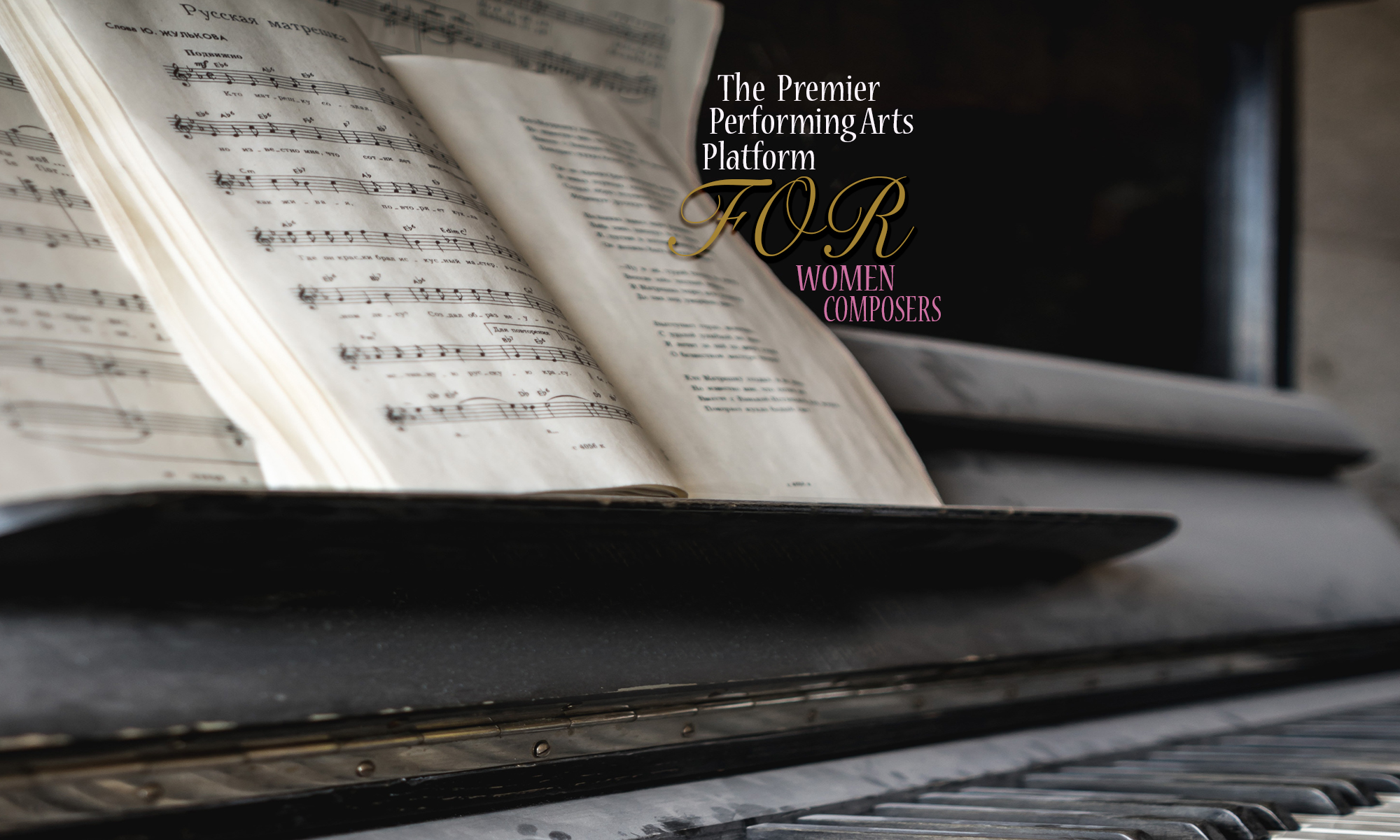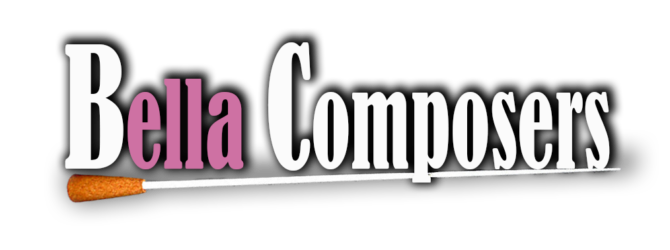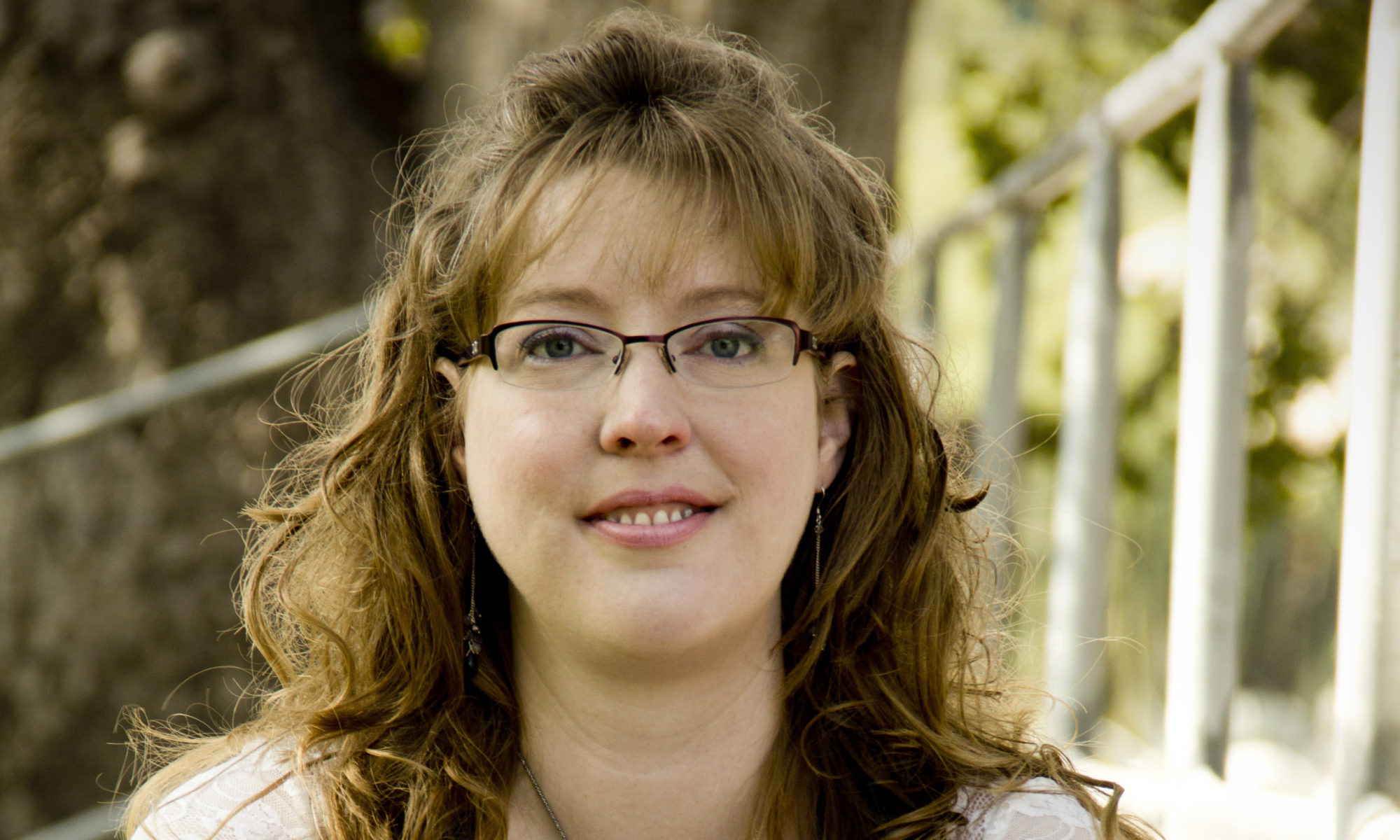Artemis Women In Action Film Festival Fourth Edition had an array of independent films, featuring strong women characters. Directors, producers, actors, stuntwomen . . . and now Bella Composers is delighted to spotlight some of the film festival’s scorewriters. Sarah Wallin Huff is a composer and musician, and her musical contribution to Shady Oaks Takedown is amazing.
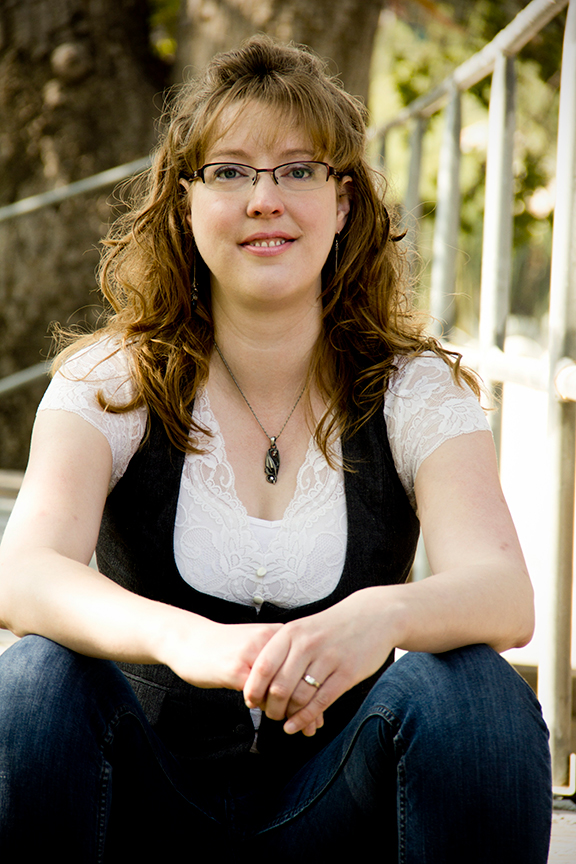
Questions: Bella Composer
Responses: Sarah Wallin Huff
Tell me about your background. What led you to becoming a composer (or songwriter)?
Music and the act of creation has always seemed to be a part of my DNA. I just can’t not create music, and it’s been that way since as far back as I can remember. When I was very young, I’d sing my own melodies and plunk out my own tunes on any keyboard I could find. I started formal violin lessons when I was 10, and with all that knowledge available to me, my fascination with manipulating notes and sounds only grew. Unfortunately my family discouraged me from pursuing composing as any sort of real career, but I’m stubborn, and I continued to write my original melodies and accompaniments by hand on paper in secret. I composed my first “real” work when I was 13, for my junior high choir with piano accompaniment. My teachers enrolled it in the Disneyland Creativity Challenge that year and it won a finalist position. After that I was hooked, and there was just no turning back!
What inspires you musically; who are your favorite composers (or songwriters)?
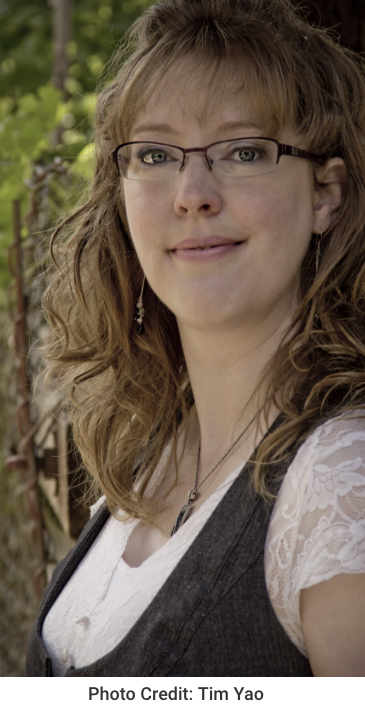
I am a complete nerd in regard to how music can be structured to manipulate emotions and mirror the state of its cultural surroundings. So I’m a big fan of the study of medieval and renaissance counterpoint, as well as all the wacky experimentations of the early to mid 20th century, and the study of instrument acoustics. This is the stuff I love to explore in anything I write, no matter what the style — it’s all about the relationships between notes and rhythms that create our perception of harmony and melody, then in turn how that influences our feelings or imaginations when we listen to it. I also enjoy toying with our expectations as listeners — taking a line of music and sending it to places we don’t entirely expect, to keep it fresh and exciting!
My absolute favorite composers (my idols, if you will) are J.S. Bach, Leonard Bernstein, Hildegard von Bingen, and Charles Ives. But I very much love all kinds of music; I’m a huge fan of the work of Igor Stravinsky, Bernard Herrmann, John Barry, Jerry Goldsmith, Depeche Mode, Led Zeppelin, Hybrid, and much more…
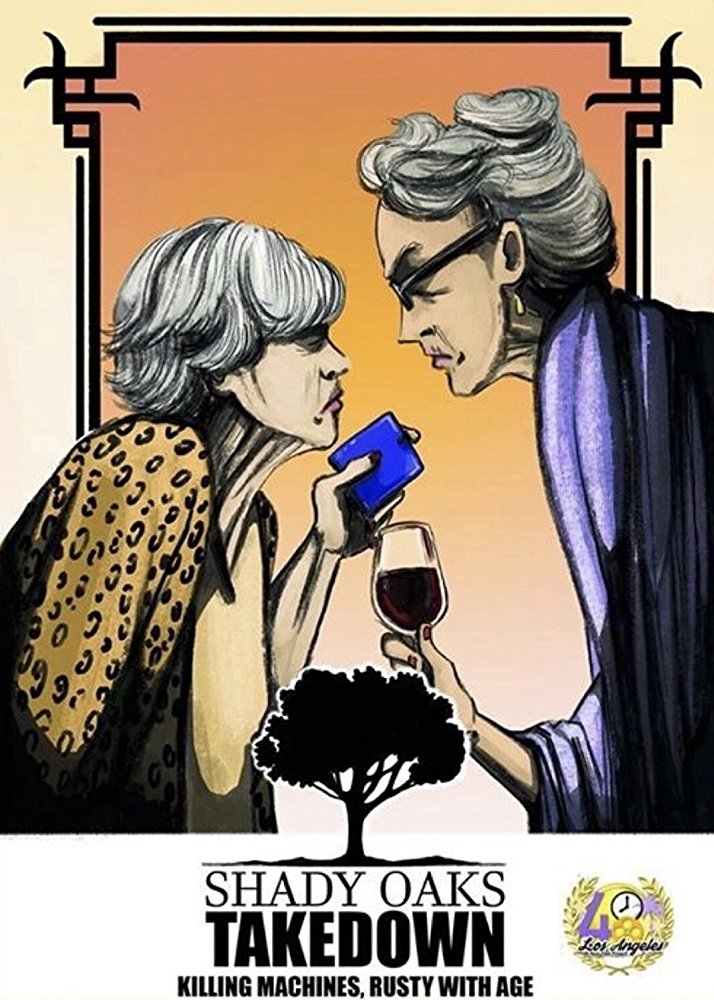
(a) If you’re a scorewriter, tell me about the movie you scored and how did you go about completing the music? Please elaborate about the style of music, and if you hired musicians, who were they? Did you do a traditional score or was it modern music? Did you have a budget? If not be very detailed about the start to completion process of your music for this film (i.e. recording process to scoring session; and were you present when they mixed your score to final picture?) (b) If you’re a songwriter or music supervisor, how did you go about selecting the songs for the film? As a songwriter, why did you write that particular song(s). What is your songwriting process?
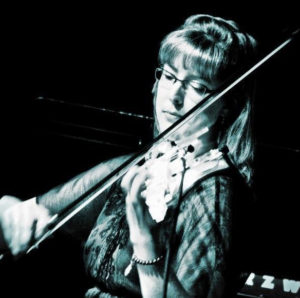 (a) “Shady Oaks Takedown” was definitely a unique scorewriting experience! I only had about 6 hours total to view the edited film and compose and produce a finished soundtrack!!! It was thrilling and stressful and gratifying, all at once! But, knowing that we were assigned the genres of “buddy film” with “martial arts,” that we were doing a comedy, that we were looking for an ‘80s style vibe, and that it was a film focusing on Krav Maga in a senior center — all that really helped me to at least start prepping before the script or any film clips came my way. I was able to build a folder with various sound patches and loops I wanted to use for the project: sounds like the duduk, native flutes, African and middle eastern drums, as well as retro synth sounds, etc. I also jotted down a couple of scale forms (ethnic minor scales) I thought I could draw melodies from. So, luckily, by the time I saw the score and a couple of the first rough clips, I at least had a general sound palette I knew I could work from. Also, getting to see the rough cut of the “bathroom scene” was extremely helpful… Because of the character Sy’s improvised “ode to Jaws” he got everybody to sing during that scene, I was able to construct a cute knock-off melody based on that. So, while we didn’t end up keeping that little sing-along shot in the film, I nonetheless had a ready-made theme set up for that whole scene. Because of the time constraints, I ended up working from both a traditional notational score (to help plot out the timings of the underscore and to iron out the orchestral string parts and other solo instruments) and a loop based system for the rhythmic grooves, all at the same time, running back and forth between three different digital work systems. I combined them all and, a few times, decided to hook up my home recording equipment and improvise some little violin solo parts to overlay on top. It just gave it all a nice, final touch, I thought; any time I can get a hint of live musicians playing in my recordings, I’ll take it! There was no budget, and, like I said, very little time to do anything, so there was no way we’d have been able to hire musicians and set up an actual recording session — save for the little live violin cues I tossed into the mix myself. I wasn’t present to see the final mixing of the music with the film, but the whole team kept in very close contact that weekend. I was so relieved to hear that everything I had sent that morning was coming together perfectly in the final edit. As long as I know I can time my cues to a solid film edit, I’m confident it will usually all come together pretty easily.
(a) “Shady Oaks Takedown” was definitely a unique scorewriting experience! I only had about 6 hours total to view the edited film and compose and produce a finished soundtrack!!! It was thrilling and stressful and gratifying, all at once! But, knowing that we were assigned the genres of “buddy film” with “martial arts,” that we were doing a comedy, that we were looking for an ‘80s style vibe, and that it was a film focusing on Krav Maga in a senior center — all that really helped me to at least start prepping before the script or any film clips came my way. I was able to build a folder with various sound patches and loops I wanted to use for the project: sounds like the duduk, native flutes, African and middle eastern drums, as well as retro synth sounds, etc. I also jotted down a couple of scale forms (ethnic minor scales) I thought I could draw melodies from. So, luckily, by the time I saw the score and a couple of the first rough clips, I at least had a general sound palette I knew I could work from. Also, getting to see the rough cut of the “bathroom scene” was extremely helpful… Because of the character Sy’s improvised “ode to Jaws” he got everybody to sing during that scene, I was able to construct a cute knock-off melody based on that. So, while we didn’t end up keeping that little sing-along shot in the film, I nonetheless had a ready-made theme set up for that whole scene. Because of the time constraints, I ended up working from both a traditional notational score (to help plot out the timings of the underscore and to iron out the orchestral string parts and other solo instruments) and a loop based system for the rhythmic grooves, all at the same time, running back and forth between three different digital work systems. I combined them all and, a few times, decided to hook up my home recording equipment and improvise some little violin solo parts to overlay on top. It just gave it all a nice, final touch, I thought; any time I can get a hint of live musicians playing in my recordings, I’ll take it! There was no budget, and, like I said, very little time to do anything, so there was no way we’d have been able to hire musicians and set up an actual recording session — save for the little live violin cues I tossed into the mix myself. I wasn’t present to see the final mixing of the music with the film, but the whole team kept in very close contact that weekend. I was so relieved to hear that everything I had sent that morning was coming together perfectly in the final edit. As long as I know I can time my cues to a solid film edit, I’m confident it will usually all come together pretty easily.
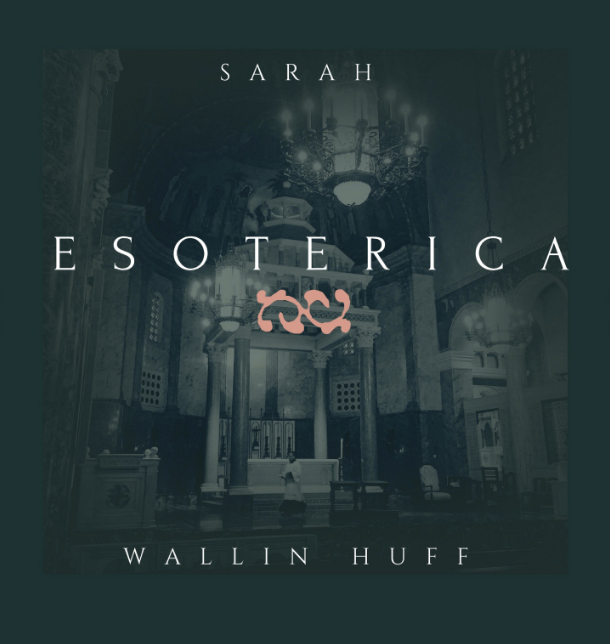
What advice would you give to aspiring scorewriters (songwriters/music supervisors) today?
First, never say “No” to anything because of fear or insecurity. If it’s a project that intrigues you but you’re afraid because you’ve never done something quite like it before — well, you have to start somewhere. Say, “Yes,” and don’t be afraid to get your hands dirty! Second, never stop your education! There is always something to learn that will enrich your art — and don’t shirk studying the music of bygone eras. Even if you don’t think you will ever write music like Bach’s you can still learn so much from his work. After all, all of us artists are simply building our current art on the shoulders of our forebears. The better we understand where our trends and techniques came from (if we’re willing to challenge ourselves to think outside our own narrow vision of things), the better able we are to create valid and interesting art that resonates with our listeners.
What obstacles have you faced in the film music industry?
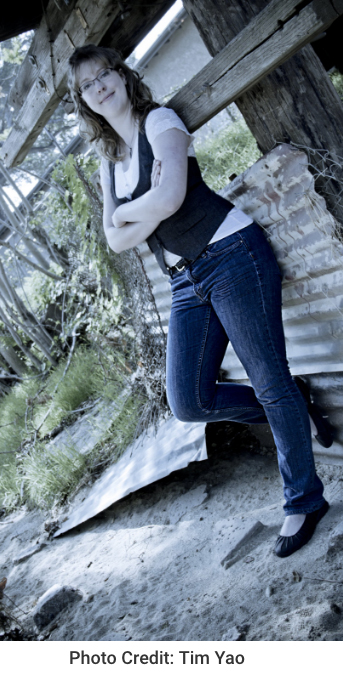 The film industry of late seems to have generally gone in a “safe” direction that is just so at odds with everything I love about art, storytelling, and music. But this is why I get excited to see all the indie work getting recognized out there. There is also a huge amount of competition in the music industry; technology has evened the playing field, so we all must constantly network and self-promote to unite with those projects and people that resonate with us. It truly is all about “who you know.” The hardest thing for me has been to remain patient and keep working for the love of what I do. Leonard Bernstein said in 1967: “…one doesn’t set up in the artist business. One studies and learns and works and thinks to develop oneself as an intelligent, sensitive, and aware human being: and out of the always-increasing resources of intelligence, sensitivity, and awareness, the human being makes music.”
The film industry of late seems to have generally gone in a “safe” direction that is just so at odds with everything I love about art, storytelling, and music. But this is why I get excited to see all the indie work getting recognized out there. There is also a huge amount of competition in the music industry; technology has evened the playing field, so we all must constantly network and self-promote to unite with those projects and people that resonate with us. It truly is all about “who you know.” The hardest thing for me has been to remain patient and keep working for the love of what I do. Leonard Bernstein said in 1967: “…one doesn’t set up in the artist business. One studies and learns and works and thinks to develop oneself as an intelligent, sensitive, and aware human being: and out of the always-increasing resources of intelligence, sensitivity, and awareness, the human being makes music.”
What have been the highs on your career?
I am in awe of the people I’ve gotten to meet and work with over the years, as well as the experiences I’ve been lucky enough to stumble into. Creating a soundtrack for the Shady Oaks team is definitely on my highlights list. Another moment of personal pride is when my original violin trio, “Counterpoint Invariable” (appearing on the album, “Soul of the Machine,” from Navona Records), was selected to appear on the First Round Ballot for the 2015 Grammys for the category of Best Small Ensemble Performance. One last highlight was being a part of one of James Franco’s art projects: I was called upon to create a solo violin arrangement of Hermann’s Shower Scene Music from “Psycho” and perform it on camera as the featured violinist for the 2013 art film “Psycho Nacirema,” created by and starring James Franco, on the set of the Bates Motel of Universal Studios, Hollywood. Most of all, I am continually humbled to receive notes of appreciation from others—it’s so humbling and gratifying to hear when my art positively affects others and brightens their day.
Learn more about Sarah Wallin Huff and her music at sarahwallinhuff.com.
